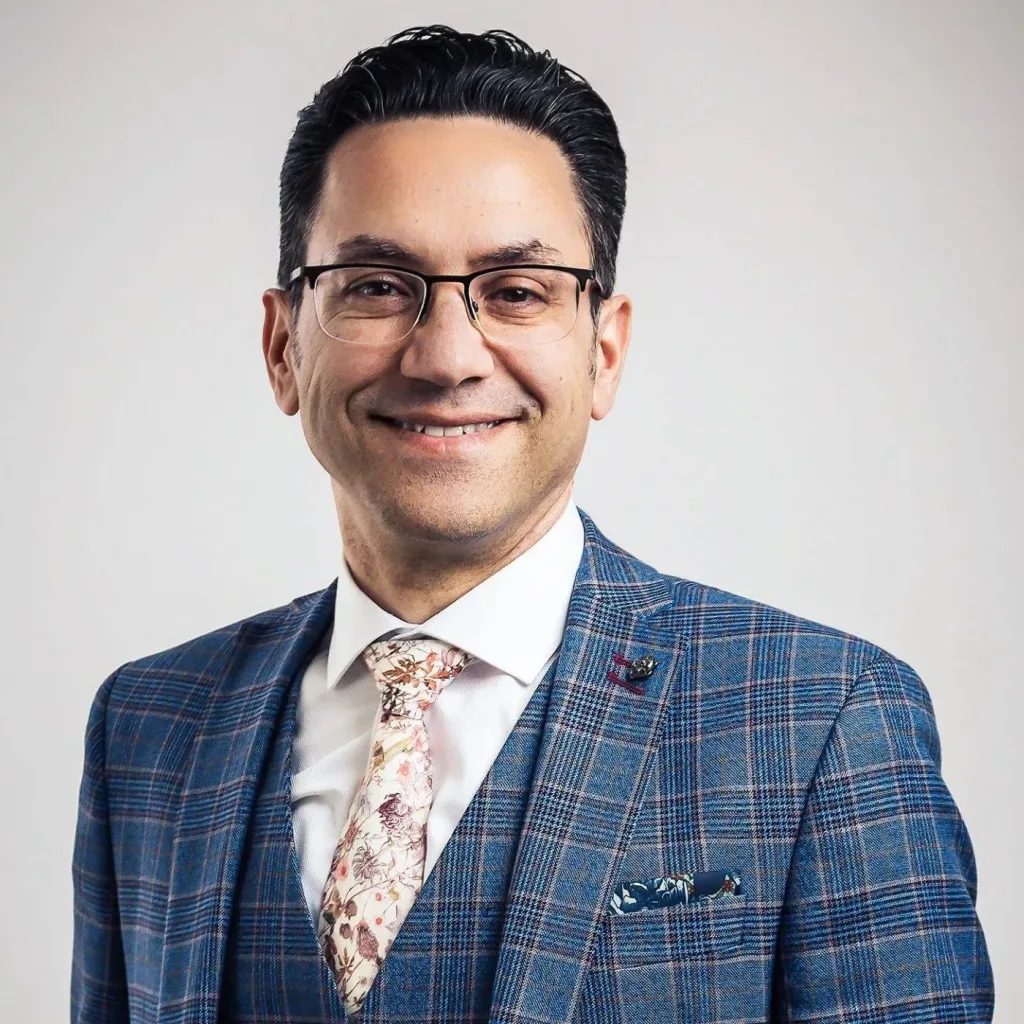A tummy tuck – or abdominoplasty – is a cosmetic procedure that flattens and tones the abdomen by removing unnecessary fat and skin. There are many different types of tummy tucks, each with slightly different periods of recovery and return to exercise, depending on how extensive they are.
As with any surgery, during the recovery stages, patients must be careful not to do anything to put excess pressure on the incision sites, as this helps to prevent wound breakdown and ensures the best possible results.
Exercises to Avoid Immediately After Tummy Tuck
Targeted exercise in the later stages of the recovery process is a great way to maintain a stable weight and strengthen your core, helping to retain the numerous benefits of your tummy tuck.
However, certain exercises can jeopardise your recovery more than others, so it is best to avoid the more strenuous activities until the time is right.
In the first week, walking is encouraged as soon as possible, but you may need to walk hunched over for the first 2 or 3 weeks to avoid unnecessary strain on your wounds. More strenuous activities like jogging cannot begin until the 6 week point.
Heavy Lifting
After most surgeries, your surgeon will advise you to avoid heavy lifting for a period of time.
Exercises such as powerlifting, sit ups or pull ups will apply great pressure to your abdomen and should be left out of your exercise regime until at least twelve weeks after your tummy tuck.
How heavy the weights you choose to lift are after this point will depend on your weightlifting capacity before the operation. More experienced weightlifters may be able to begin with heavier weights.
Early progress may feel slow, but it is important to be cautious at first and build up strength gradually in accordance with the body’s limits.
Running
Running is a fantastic source of cardio fitness that can be used to keep weight down and ensure satisfying, long-lasting results after a tummy tuck surgery.
Nevertheless, it is important to note that recovery from a tummy tuck requires even seasoned runners and athletes to refrain from stressing the abdominal muscles with long-distance runs until at least six weeks after the cosmetic procedure.
Yoga
Many yoga positions require stretching the very abdominal muscles that will be tender and vulnerable after your tummy tuck.
Fortunately, there are many yoga practices, such as breathing exercises and meditation, which are safe and low-exertion ways to continue practising yoga during your recovery.
After six weeks patients can usually begin to resume their usual yoga routine.
Swimming
Patients should try to wait at least six weeks before enjoying their first postoperative swim. Soaking incisions in water for long periods before this point could have detrimental effects to your scars.
Sex
Until around 4 to 6 weeks after your tummy tuck, your wounds will be too delicate to withstand the pressure placed on them during sex.
Don’t feel embarrased to speak openly regarding concerns around sex; an experienced, knowledgeable surgeon will be able to give you personalised advice on when sex will be safe for you based on how your recovery has progressed.
How to Stay Fit After a Tummy Tuck
Any exercise undertaken post-surgery should be part of the recovery plan decided with your surgeon. You should increase the distance of your walks incrementally, thus building strength and maintaining overall health.
Some exercises, particularly early on, could negatively affect healing and should be held off until a later stage.
Losing weight before a tummy tuck is often a tricky, but important factor in preparing for the surgery. Choosing the right diet to suit the build up and recovery from your tummy tuck can be a great way to ensure a healthy weight.
Should you feel that you may struggle keeping your weight down before or after your cosmetic procedure, You can also speak with a nutritionist who will help you make a food plan tailored to your specific pre-, and postoperative needs.
When Can You Exercise After a Tummy Tuck?
Taking care of tummy tuck scars is of paramount importance, so regular exercise must be resumed in stages, allowing the body to heal, while keeping to a routine that will be beneficial to your recovery.
1-2 Weeks After Tummy Tuck
It is normal to expect some swelling after your tummy tuck, and your abdomen is likely to be very sore, so only a very small amount of exercise may be possible.
Patients are encouraged to walk short distances as soon as possible, taking great care at first to adopt a protective posture that averts extra pressure on your stitches. This promotes better circulation and healing, as well as lymphatic drainage which will help bring down swelling.
3 Weeks Post Surgery
Provided your surgeon is pleased with the progression of your recovery, at the 3 week stage you may be able to begin walking longer distances outdoors, or perhaps doubling up to two short walks per day.
Your wounds at this point are still in a very important early phase of healing, so cautiousness continues to be of the utmost importance.
4 Weeks After Tummy Tuck
After four weeks it remains crucial to stay clear of exercises that put a strain on your healing skin and muscles. However, you may be able to engage in longer walks and even cycles, as long as you listen to your body and adapt accordingly.
6-8 Weeks Post Surgery
Once six weeks have passed, you may be able to gradually return to your full exercise regime.
For exercises that stress the abdominal muscles, such as weightlifting, crunches or pull ups, patients are advised to wait until after at least 12 weeks of recovery.
Is a Tummy Tuck Worth It?
Before deciding to undergo a tummy tuck, it is vital to feel as informed as possible. Read through some of the pros and cons of tummy tucks so as to understand the full effects of the surgery.
A tummy tuck can not only have dramatic, long-lasting benefits to your physique. For women who have suffered abdominal muscle separation often caused by pregnancy – called diastasis recti – a tummy tuck can repair these muscles and offer relief from associated medical issues that diastasis recti can bring.
The removal of excess skin can often enjoy a flatter, more muscular stomach that provides an aesthetic boost, allows for a more active lifestyle, and helps build a sense of contentment with your overall look.
Schedule a Consultation with CREO Clinic Today
The CREO clinic’s expert surgeon, Dr Omar Tillo, specialises in tummy tuck surgeries, and will collaborate with you to design a personalised cosmetic treatment plan that will work to achieve the natural-looking outcomes you desire.
To find out more about a personalised cosmetic treatment plan for your tummy tuck, book a consultation with Dr Tillo, so you can begin your journey to a flatter, more defined tummy.







